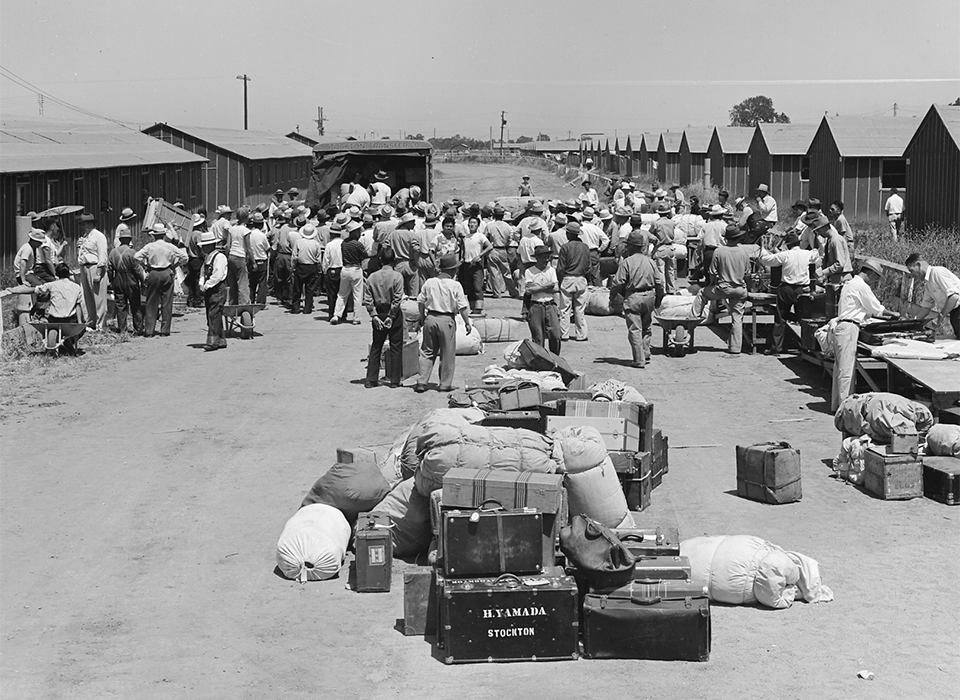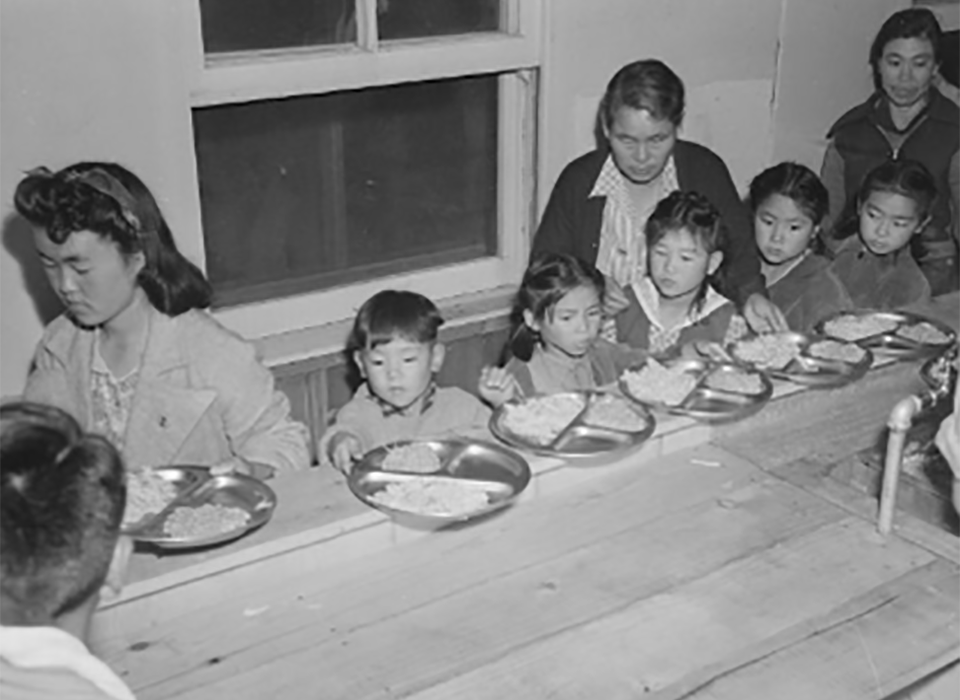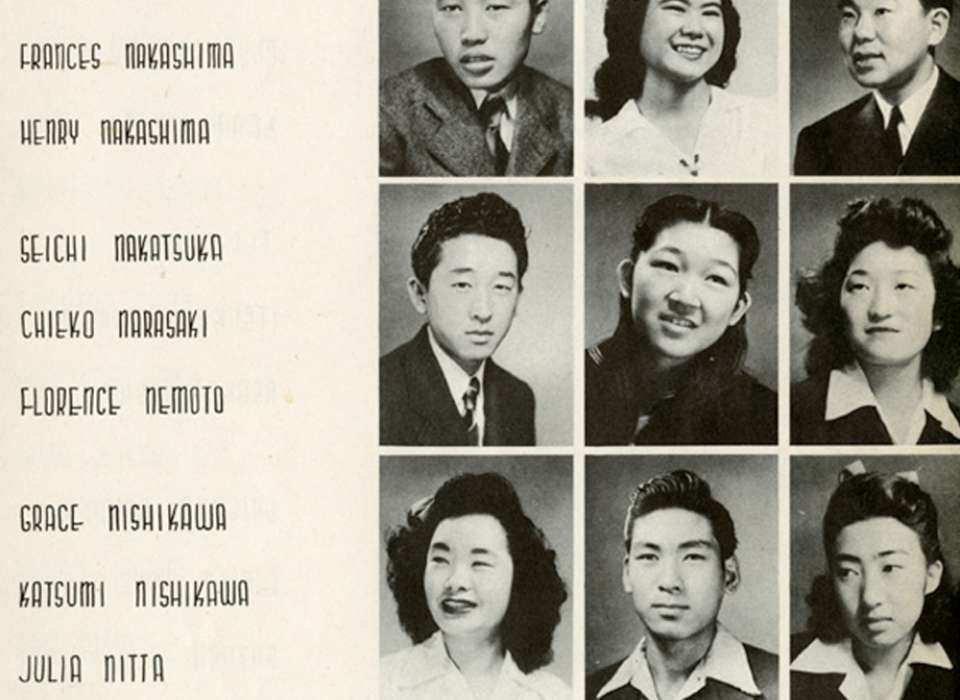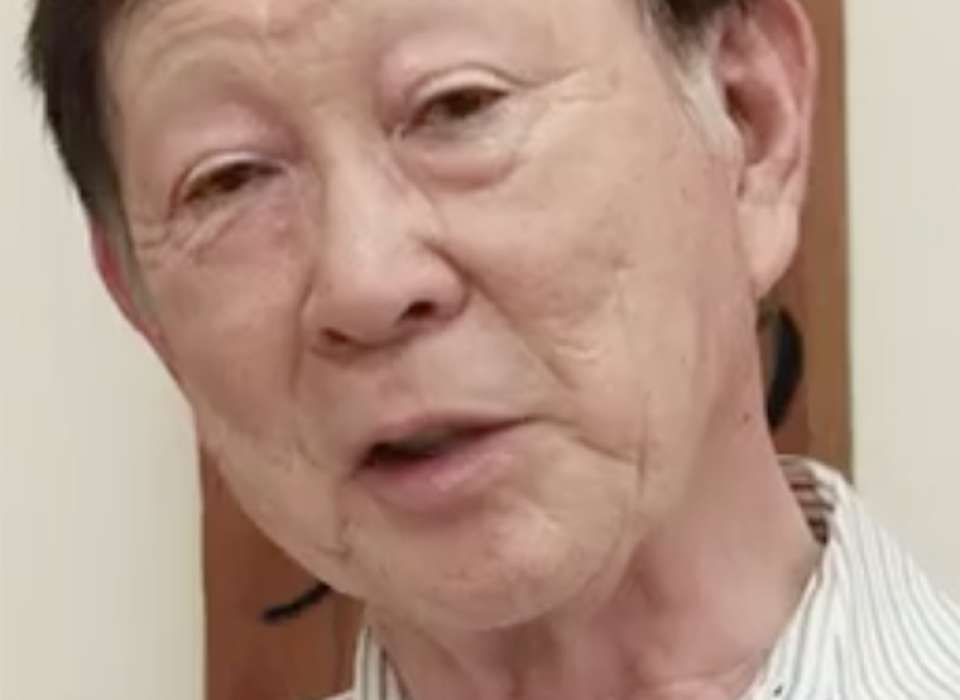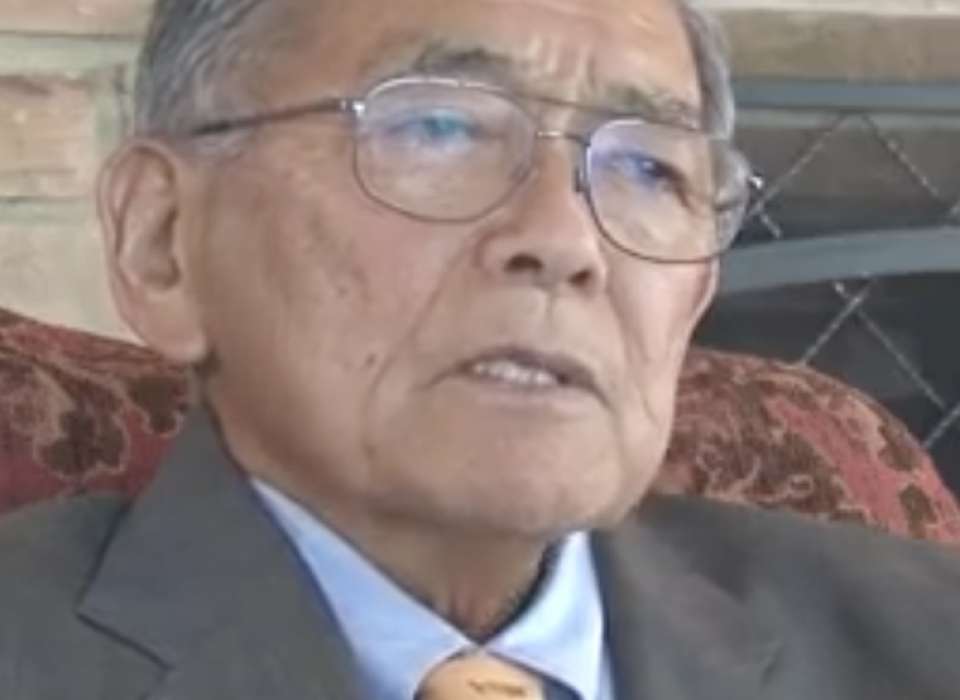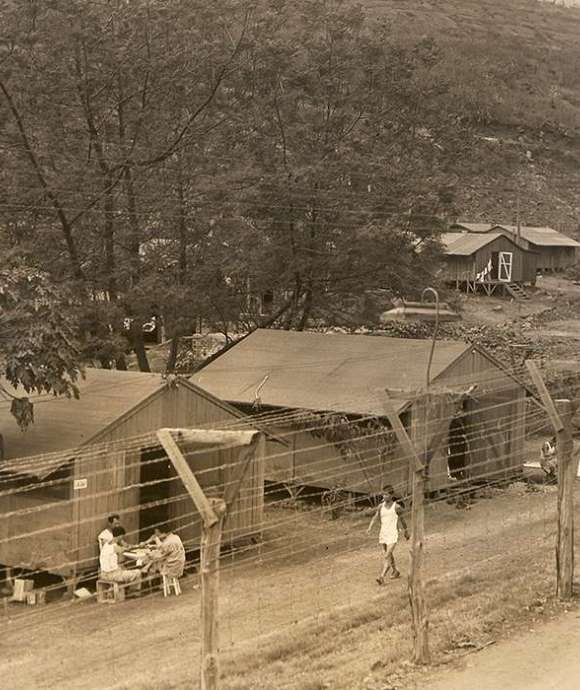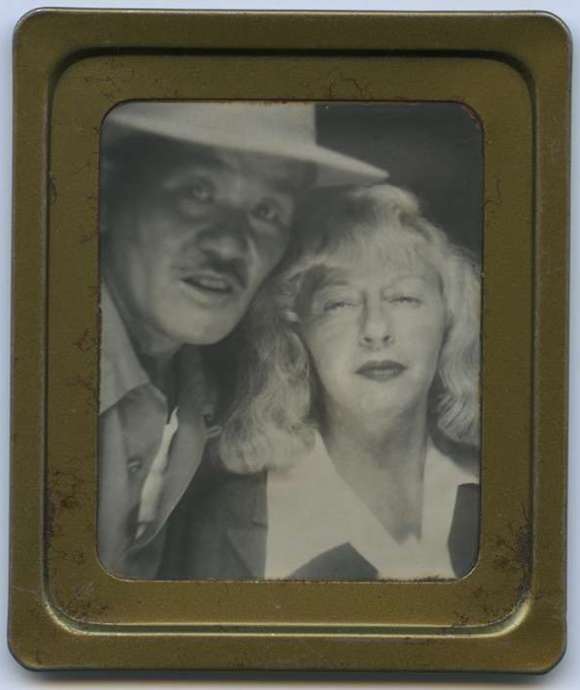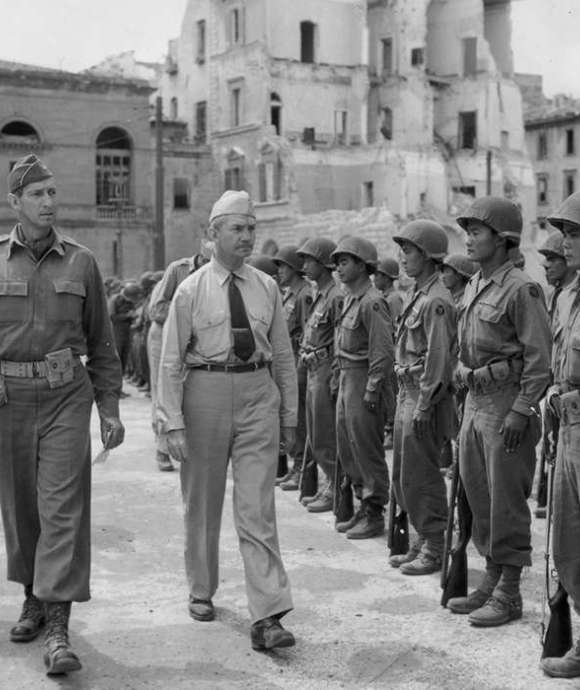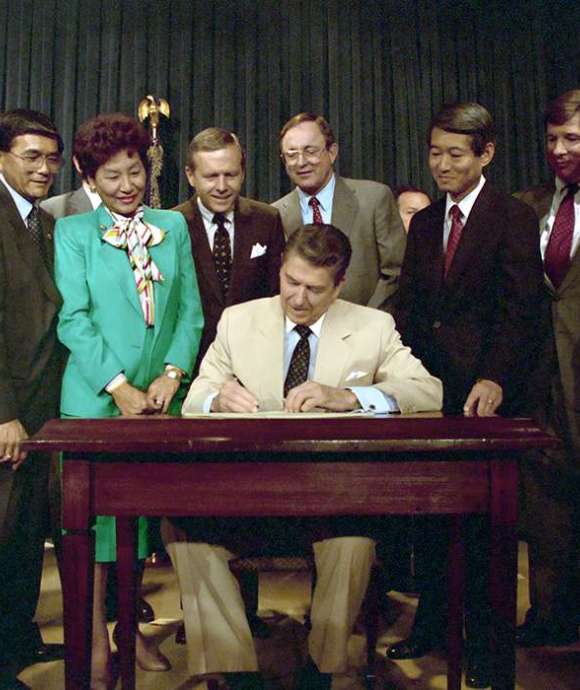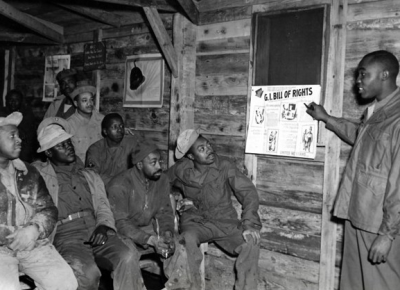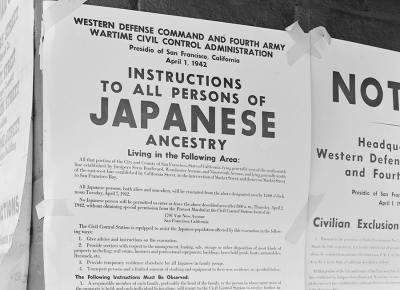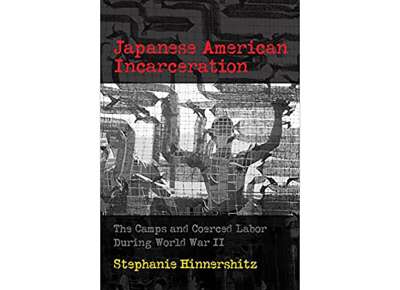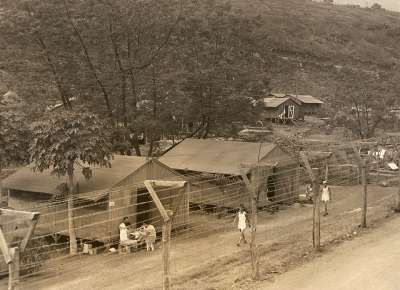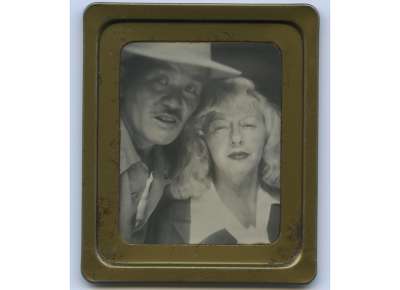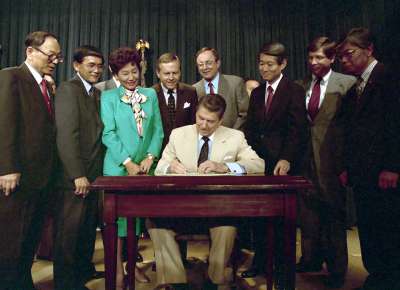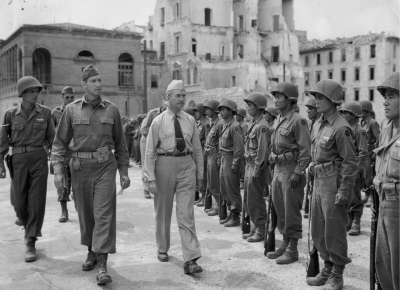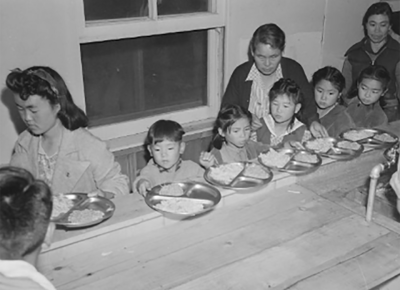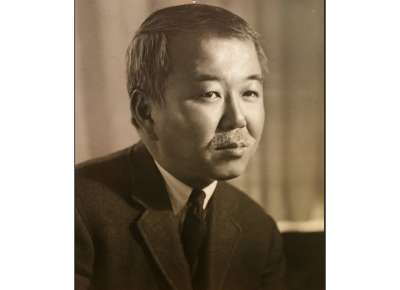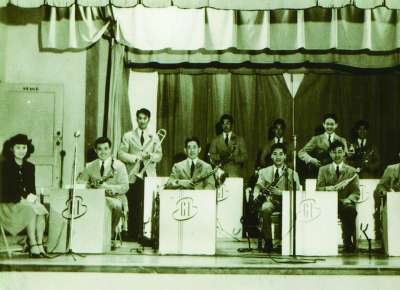At the time of the Japanese attack on Pearl Harbor in 1941, about 120,000 persons of Japanese ancestry lived on the US mainland, mostly along the Pacific Coast. About two thirds were full citizens, born and raised in the United States. Following the Pearl Harbor attack, however, a wave of anti-Japanese suspicion and fear led the Roosevelt administration to adopt a drastic policy toward these residents, alien, and citizen alike through Executive Order 9066.
Mealtime in the Mess Halls
World War II shaped the culinary experiences of Japanese Americans in incarceration camps.
High School Life at Rohwer War Relocation Center
Rohwer War Relocation Center in McGehee, Arkansas, was created to educate the children of Japanese American descent who were forced from their homes along the West Coast of the United States and required to live behind barbed wire for the duration of WWII, far from the homes they knew.
Oral Histories
The National WWII Museum is home to thousands of oral histories, including Walter Imahara and Norman Mineta—Japanese Americans incarcerates.
More From Topic
-
 Learn More
Learn MoreJapanese Americans Wartime Experience in Hawaii
-
 Learn More
Learn More“We Are Americans, Again?”
-
 Learn More
Learn MoreWhat We’re Fighting For: America’s Servicemen on Hypocrisy on the Home Front
-
 Learn More
Learn MoreRedress and Reparations for Japanese American Incarceration
